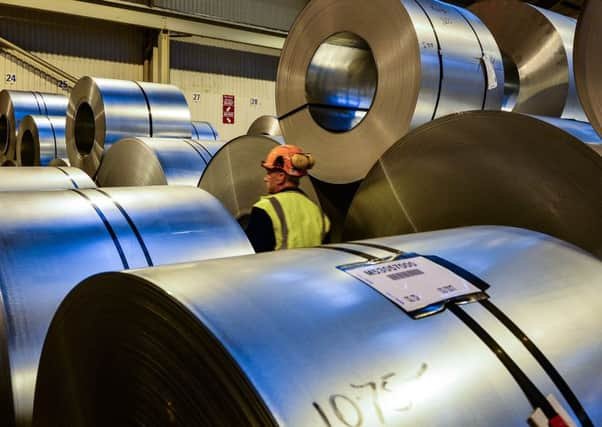New business orders rise at weakest pace in four months


Although output and new orders continued to rise solidly, rates of expansion in both were weaker than recorded in July but the rate of job creation picked up, however, as did business confidence.
The report, produced for Ulster Bank by IHS Markit also showed indicated that inflation of both input costs and output prices eased, but remained elevated.
Advertisement
Hide AdAdvertisement
Hide Ad“We’ve perhaps never seen a year when the weather has played such a big role in the Northern Ireland economy,” said Richard Ramsey, chief economist for Northern Ireland at Ulster Bank.
“In the early part of 2018, the Beast from the East disrupted business activity, therefore impacting on output.
“More recently, the incredibly good weather has been cited as a major factor behind faster rates of growth in the private sector during June and July. Perhaps unsurprisingly, given the milder weather, August saw something of a slowdown.”
Output and new orders growth both slowed to a four-month low in August, whilst export orders saw the weakest rate in 10 months while maintaining 26 successive months of growth.
Advertisement
Hide AdAdvertisement
Hide Ad“Employment fared slightly better, with a modest pick-up in growth from July’s 12-month low.
“Meanwhile, inflationary pressures eased, according to local firms, but it is worth noting that they remain more marked in Northern Ireland than in any other UK region,” Mr Ramsey added.
“The August slowdown was evident across the retail, services and construction sectors. While they were all still growing, the uplift in output and their order books slowed significantly. On the other hand, manufacturing saw almost every indicator improve. In particular, the notable growth in new orders bodes well for the months ahead.”
The next few months, he said, would make it clear whether the latest slowdown was a straightforward reaction to the weather related high of June and July or if it was evidence of an underlying weakness emerging.
“The fact that construction firms expect activity to fall over the next 12 months, suggests that they think it may be the latter,” he said.